International
The Supreme Court is skeptical of Trump’s immunity but could lengthen the litigation
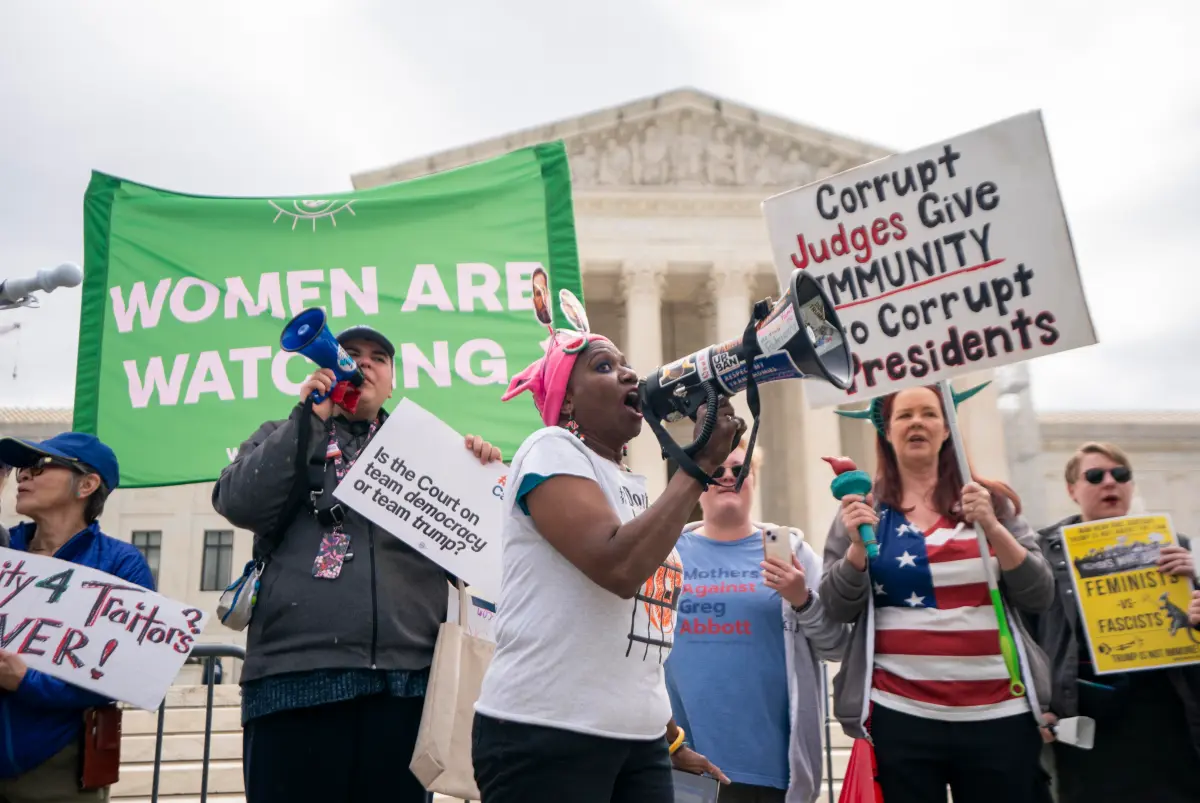
The United States Supreme Court was skeptical this Thursday about Donald Trump’s request to enjoy absolute judicial immunity for having been president of the country, but there were judges who were inclined not to fully resolve the matter and return it to lower courts.
In a historic hearing of more than two hours, the nine magistrates (six conservatives and three progressives) questioned Trump’s lawyer, John Sauer, and prosecutor Michael Dreeben about the Republican’s potential immunity.
The high court must decide if Trump has absolute immunity for having been president of the country and, therefore, the trial against him pending in a federal court in Washington for electoral interference and the assault on the Capitol must be annulled.
Most judges were skeptical of Trump’s request when considering that only the actions of the functions of a president are shielded by immunity and not those that are personal.
But there were also conservative magistrates critical of the handling of the case by the Prosecutor’s Office and suggested that they could return the case to the District of Columbia Court of Appeals to determine whether Trump’s actions can be considered public or private.
Trump, a Republican pre-candidate in the elections on November 5, should extend the litigation since, if he returns to the White House, he could order the Department of Justice to close the federal accusations against him.
On the other hand, the Special Prosecutor’s Office led by Jack Smith pressures the high court to make a quick decision and the preparations for the trial of the assault on the Capitol, which should have begun on March 4 but was suspended due to Trump’s request for immunity, can be resumed.
It is unknown when the Supreme Court will issue its ruling, but it usually publishes its decisions in June, before the summer recess.
Although it is not included in the Constitution or in the laws, the active presidents of the United States have historically enjoyed immunity from judicial processes related to their functions, in order to avoid a violation of the separation between the executive and judicial branches.
Questioned by conservative judge Amy Coney Barrett, appointed by Trump himself, the Republican’s lawyer admitted that some of the actions that the former president carried out after the 2020 elections were “private” and probably not protected by immunity.
Later, the also conservative Samuel Alito pressured the prosecutor with the idea that leaving the former presidents unprotected would “destabilize” democracy because it would open the door for the new leaders to imprison their predecessors for revenge.
Progressive judges were very opposed to Trump’s absolute immunity.
Elena Kagan recalled that the drafters of the Constitution were opposed to the existence of a “monarch” who was “above the law” and Ketanji Brown Jackson suggested that the pardon that Richard Nixon received after the Watergate scandal shows that the former presidents can be prosecuted.
Unlike Trump, however, Nixon was not formally charged with any crime. His successor, Gerald Ford (1974-1977), granted him a preventive pardon for any crime he could have committed during his Presidency to prevent him from being prosecuted in the future, in a controversial decision that divided the country.
International
U.S. and Mexico Reach Deal to Address Water Deficit Under 1944 Treaty
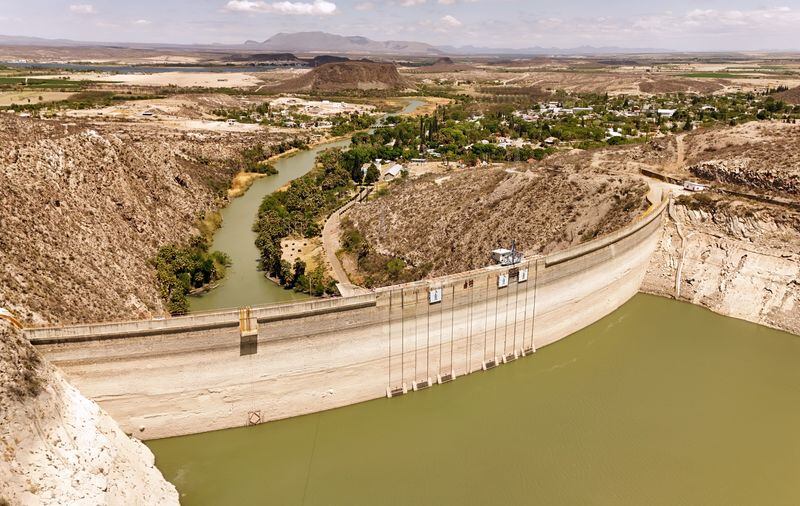
The United States and Mexico have reached an agreement to comply with current water obligations affecting U.S. farmers and ranchers and for Mexico to cover its water deficit to Texas under the 1944 Water Treaty, the U.S. Department of Agriculture said in a statement.
The department уточified that the agreement applies to both the current cycle and the water deficit from the previous cycle.
On Monday, U.S. President Donald Trump accused Mexico of failing to comply with the water-sharing treaty between the two countries, which requires the United States to deliver 1.85 billion cubic meters of water from the Colorado River, while Mexico must supply 432 million cubic meters from the Rio Grande.
Mexico is behind on its commitments. According to Washington, the country has accumulated a deficit of more than one billion cubic meters of water over the past five years.
“This violation is severely harming our beautiful crops and our livestock in Texas,” Trump wrote on Monday.
The Department of Agriculture said on Friday that Mexico had agreed to supply 250 million cubic meters of water starting next week and to work toward closing the shortfall.
Agriculture Secretary Brooke Rollins, quoted in the statement, said Mexico delivered more water in a single year than it had over the previous four years combined.
Trump has said that if Mexico continues to fall short of its obligations, the United States reserves the right to impose 5% tariffs on imported Mexican products.
Mexico’s Deputy Foreign Minister for North America, Roberto Velasco, said that a severe drought in 2022 and 2023prevented the country from meeting its commitments.
International
Several people shot in attack on Brown University campus
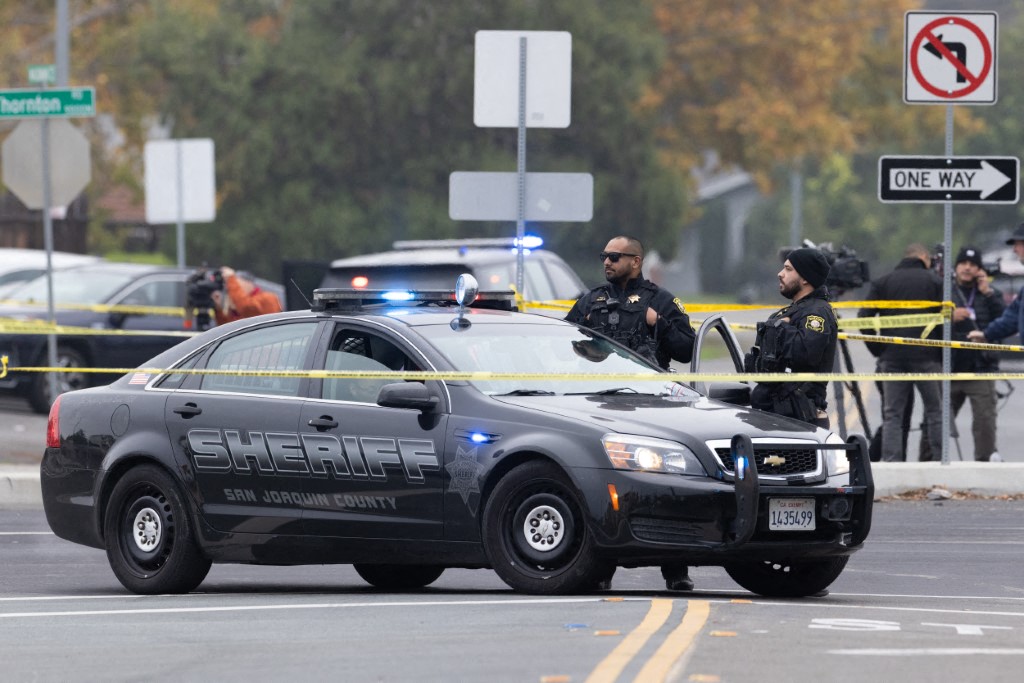
Several people were shot on Saturday in an attack on the campus of Brown University, in the northeastern United States, local police reported.
“Shelter in place and avoid the area until further notice,” the Providence Police Department urged in a post on X. Brown University is located in Providence, the capital of the state of Rhode Island.
U.S. President Donald Trump said on his social media platform Truth Social that he had been briefed on the situation and that the FBI was on the scene.
At 5:52 p.m. local time (11:52 p.m. GMT), Brown University said the situation was still “ongoing” and instructed students to remain sheltered until further notice.
After initially stating that the suspect had been taken into custody, Trump later posted a second message clarifying that local police had walked back that information. “The suspect has NOT been apprehended,” the U.S. president said.
International
Colombia says it would not reject Maduro asylum request as regional tensions escalate
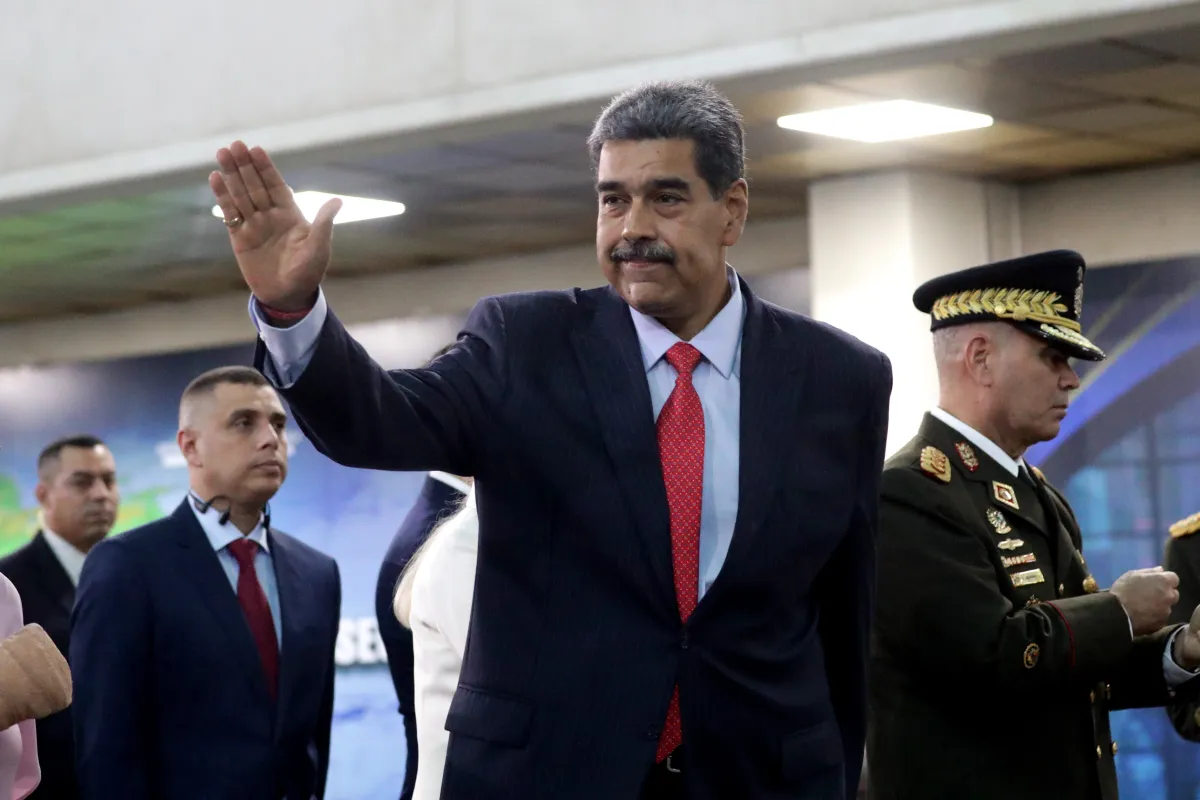
The Colombian government stated on Thursday that it would have no reason to reject a potential asylum request from Venezuelan President Nicolás Maduro should he leave office, as regional tensions persist over the deployment of U.S. military forces in the Caribbean since August.
“In the current climate of tension, negotiations are necessary, and if the United States demands a transition or political change, that is something to be assessed. If such a transition results in him (Maduro) needing to live elsewhere or seek protection, Colombia would have no reason to deny it,” said Colombian Foreign Minister Rosa Villavicencio in an interview with Caracol Radio.
However, Villavicencio noted that it is unlikely Maduro would choose Colombia as a refuge. “I believe he would opt for someplace more distant and calmer,” she added.
Colombian President Gustavo Petro also commented on Venezuela’s situation on Wednesday, arguing that the country needs a “democratic revolution” rather than “inefficient repression.” His remarks followed the recent detention and passport cancellation of Cardinal Baltazar Porras at the Caracas airport.
“The Maduro government must understand that responding to external aggression requires more than military preparations; it requires a democratic revolution. A country is defended with more democracy, not more inefficient repression,” Petro wrote on X (formerly Twitter), in a rare public criticism of the Venezuelan leader.
Petro also called for a general amnesty for political opponents and reiterated his call for forming a broad transitional government to address Venezuela’s prolonged crisis.
Since September, U.S. military forces have destroyed more than 20 vessels allegedly carrying drugs in Caribbean and Pacific waters near Venezuela and Colombia, resulting in over 80 deaths.
U.S. President Donald Trump has repeatedly warned that attacks “inside Venezuela” will begin “soon,” while Maduro has urged Venezuelans to prepare for what he describes as an impending external aggression.
-
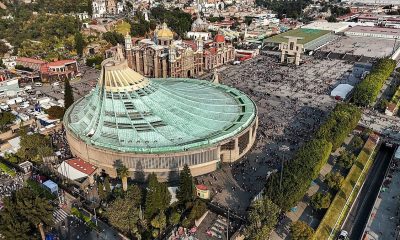
 International5 days ago
International5 days agoMexico City prepares for 13 million pilgrims at Basilica of Guadalupe
-
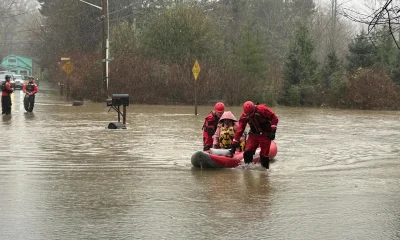
 International4 days ago
International4 days agoWashington declares State of Emergency as atmospheric river brings severe flooding
-
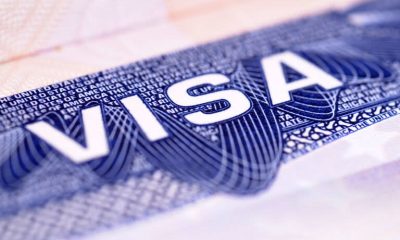
 International4 days ago
International4 days agoU.S. to require five-year social media history from tourists under Visa Waiver Program
-
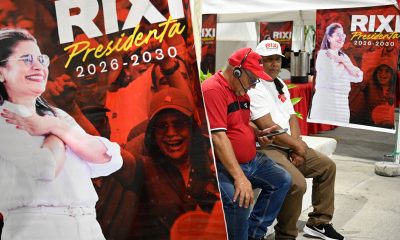
 Central America5 days ago
Central America5 days agoHonduras’ electoral chief reports ongoing technical issues but says results remain intact
-
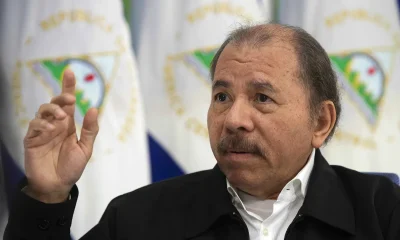
 Central America5 days ago
Central America5 days agoU.S. accuses Ortega regime of systematic human rights abuses in Nicaragua
-
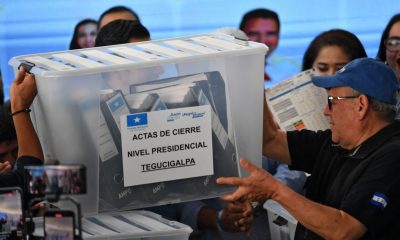
 Central America5 days ago
Central America5 days agoU.S. finds no evidence of fraud in Honduras election despite delays
-
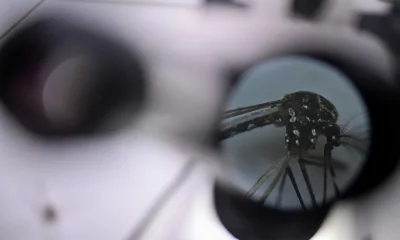
 International3 days ago
International3 days agoCuba battles out-of-control dengue and chikungunya epidemic as death toll rises to 44
-

 Central America4 days ago
Central America4 days agoOAS and EU urge honduran political actors to respect vote results and avoid unrest
-

 Central America3 days ago
Central America3 days agoHonduras election crisis deepens as CNE president denounces intimidation attempts
-
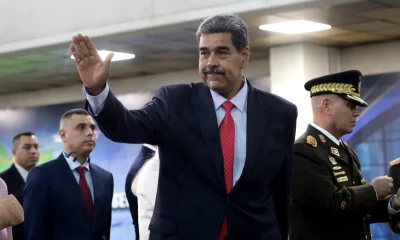
 International3 days ago
International3 days agoColombia says it would not reject Maduro asylum request as regional tensions escalate
-
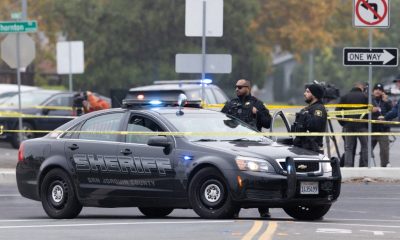
 International1 day ago
International1 day agoSeveral people shot in attack on Brown University campus
-
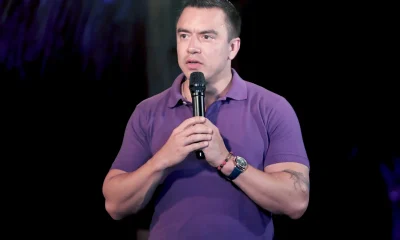
 International4 days ago
International4 days agoSix ecuadorian soldiers jailed pending trial for alleged extrajudicial execution
-
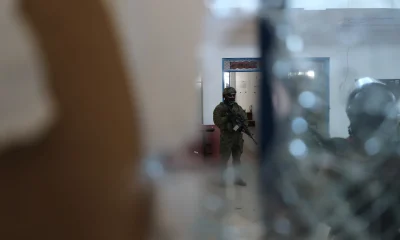
 International3 days ago
International3 days agoEcuador on track for record violence as homicides hit highest level in Latin America again
-
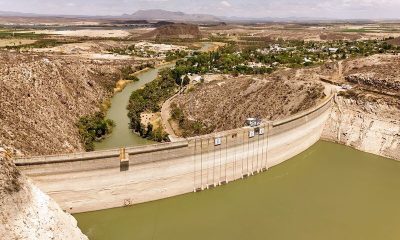
 International1 day ago
International1 day agoU.S. and Mexico Reach Deal to Address Water Deficit Under 1944 Treaty
-
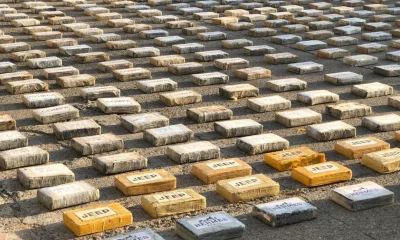
 Central America4 hours ago
Central America4 hours agoPanama seizes over three tons of drugs hidden in Caribbean port container


























